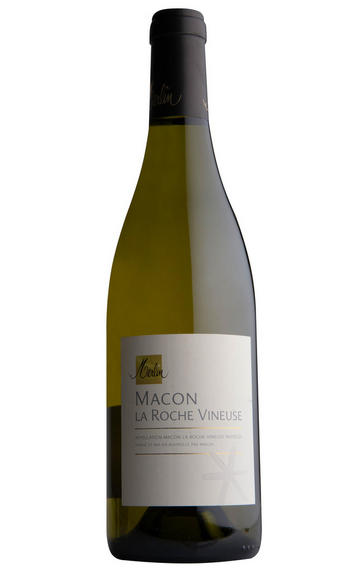
2020 Mâcon-La Roche Vineuse, Vieilles Vignes, Olivier Merlin, Burgundy
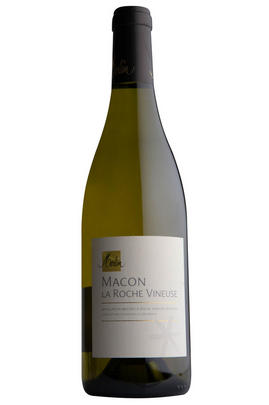
Critics reviews
From 65+ year old vines.
Here too there is a suggestion of wood lurking in the background of the slightly riper if less exotic aromas of pear, apple and lemon zest. The old vines are in evidence as the medium weight and opulent flavours possess both better concentration and volume, all wrapped in an intense, sneaky long and sappy finish. This refreshing effort should also drink well young.
Drink from 2023 onward
Allen Meadows, Burghound.com (October 2022)
The 2020 Mâcon La Roche Vineuse Vieilles Vignes, from 50 to 60-year-old vines, was the first cuvée to be bottled this year. The nose has superior definition to the regular cuvée with green apple and granite. The palate is well-balanced, very elegant with hints of ginger and blackberry leaf on the slightly honeyed finish. Lovely.
In 2020, I started picking on 25 August, the earliest since 2003, which was on 21 August,” winemaker Olivier Merlin, who has been joined by sons Théo and Paul in recent years. “That’s the new challenge: to determine the optimal date of picking. We harvest everything by hand. The window of picking is very short, so we have to double the number of pickers. But that is difficult in terms of logistics, accommodation etc.
If you’re a bit late in picking, then that is a catastrophe for Chardonnay as you can get one extra degree of alcohol each day in some parcels. A southerly wind can also dehydrate the bunches, which happened in 2015. Fortunately, we did not have that in 2020, and we picked in perfect conditions with just the right amount of warmth. The 2020s are between 12.8% and 13% alcohol. They have good acidity and freshness with low pH. Everything has been domaine-bottled since the 2018 vintage.
Drink 2022 - 2030
Neal Martin, Vinous.com (August 2022)
Offering up aromas of pear, yellow orchard fruit and white flowers, the 2020 Mâcon-La Roche-Vineuse Vieilles Vignes is medium-bodied, soft and round, with a delicate core of fruit and a saline finish.
Drink 2022 - 2025
William Kelley, Wine Advocate (September 2022)
About this WINE
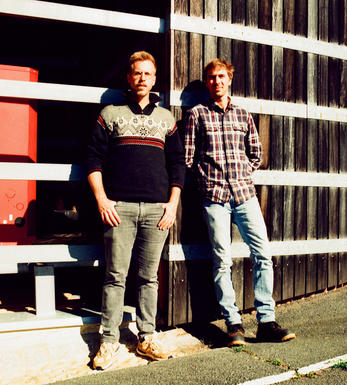
Olivier Merlin
Olivier Merlin is widely regarded as being one of the very finest winemakers in the Mâconnais. He and his wife Corinne began in 1987 by renting 4.5 hectares. from René Gaillard, of Domaine du Vieux Saint-Sorlin, who wished to retire. Since then, Olivier has been buying the property in stages as well as adding new vineyards such as St Véran (in 1994 and ‘96). In September ‘97 Olivier took out a négociant's licence in order to be able to make some Pouilly Fuissé, since land in this appellation is neither available to buy nor to rent.
He makes three cuvées of Pouilly-Fuissé (one each from Fuissé, Vergisson and Chaintré) and a Viré-Clessé. From 2000 some Moulin-à-Vent joined the stable. The single-vineyard wines, including Mâcon-La Roche Vineuse, Les Cras and St Véran, Le Grand Bussière, get 18 months’ barrel-ageing with 30 to 50% new wood.
Olivier has established a reputation as one of the region’s most dynamic growers, a reference point for the Mâconnais. The whites demonstrate his exceptional winemaking talents, and the potential of “lowly” appellations. They are frequently taken for Côte d'Or wines if tasted blind. His Bourgogne Rouge is at its best after two to three years when the fruit expresses itself fully.
Olivier and Corinne have recently been joined at the domaine by their sons, Théo and Paul, who have completed their winemaking studies, and also spent time working at wineries in the Mornington Peninsula. With this extra manpower at the domaine’s disposal, Olivier has acquired a handful of new parcels including the Clos de France, in the heart of the village of Vergisson (2018 will be the inaugural vintage of the eponymous single-vineyard wine).
Discover the story behind our Own Selection Pouilly-Fuissé, made for us by Olivier. Read more
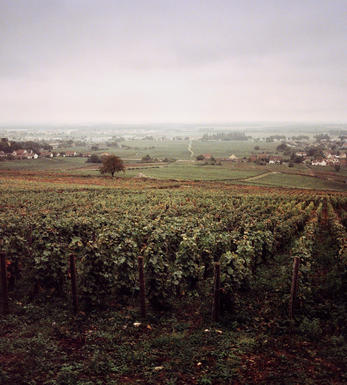
Mâcon
The city of Mâcon represents the capital of the Mâconnais district in the region of Burgundy, to which it lends its name. There are various appellations under the name Mâcon: the generic Mâcon AC, Mâcon Supérieur and the Mâcon-Villages, in ascending order of how much land each appellation entails.
The standard Mâcon AC controls around 53 hectares of vineyard, 70 percent of which is used to produce just white wine, primarily from the Chardonnay grape. Mâcon used to be recognised for its red wines, but in the last century Mâconnais whites have come to the forefront far more. This generic appellation represents a specific style of wine made across the Mâconnais district, rather than an appellation which would cover a select area or terroir.
The ‘Supérieur’ in Mâcon Supérieur refers not to an increase in quality but rather to the boost in alcohol content, a term which can be applied to either red or white wines.
Mâcon-Villages is a specific appellation which refers to white wines produced in certain areas of the Mâconnais region, and usually denotes an improvement in quality over the straightforward Mâcon AC wines.
Many of the small communes under the Mâcon classification opt to add their name to that of the appellation on their wines; notable examples include La Roche Vineuse, Uchizy and Lugny.
Wines from Mâcon tend to be uncomplicated affairs, simple but enjoyable, and the whites in particular are notable for their dry, light bodies and the presence of floral and nutty facets.
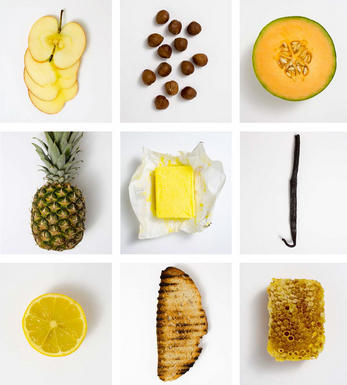
Chardonnay
Chardonnay is often seen as the king of white wine grapes and one of the most widely planted in the world It is suited to a wide variety of soils, though it excels in soils with a high limestone content as found in Champagne, Chablis, and the Côte D`Or.
Burgundy is Chardonnay's spiritual home and the best White Burgundies are dry, rich, honeyed wines with marvellous poise, elegance and balance. They are unquestionably the finest dry white wines in the world. Chardonnay plays a crucial role in the Champagne blend, providing structure and finesse, and is the sole grape in Blanc de Blancs.
It is quantitatively important in California and Australia, is widely planted in Chile and South Africa, and is the second most widely planted grape in New Zealand. In warm climates Chardonnay has a tendency to develop very high sugar levels during the final stages of ripening and this can occur at the expense of acidity. Late picking is a common problem and can result in blowsy and flabby wines that lack structure and definition.
Recently in the New World, we have seen a move towards more elegant, better- balanced and less oak-driven Chardonnays, and this is to be welcomed.


Buying options
Add to wishlist
Description
From the fruit of 65-year-old vines, this cuvée is fermented and aged for the first year in barrel, then into tank before bottling. The nose is brooding and serious with some subtle oak spice; the palate is surprisingly dense and concentrated for the humble appellation. The power is kept nicely in check by a chalky, fresh finish.
Drink 2023 - 2030
Berry Bros. & Rudd
wine at a glance
Delivery and quality guarantee